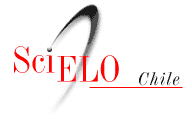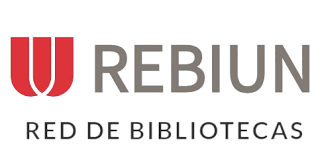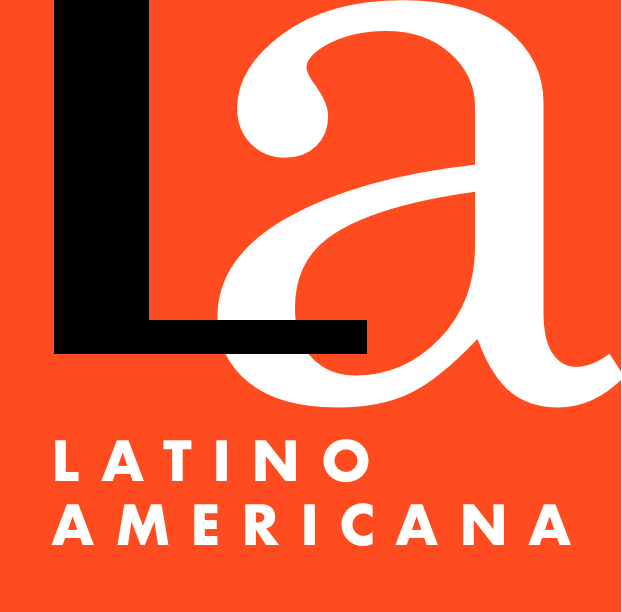The Principle of Inclusion: Similarities and Differences in General and Higher Education in Chile
DOI:
https://doi.org/10.4067/S0718-73782018000100111Keywords:
Inclusive education, Educational legislation, General education, Higher education, ChileAbstract
This article analyzes the current legislation regarding educational inclusion for general education, and then this is contrasted with those indications about inclusion in the bill for higher education under discussion in Congress. Thus, we consider the stated objectives and scope for both legal regulations, complemented by contrasting what exists and what is envisioned for the two different levels of education. In reviewing these laws, we conclude that there are similarities and substantive differences regarding the inclusion concept in both educational levels. In fact, for general education, inclusion is promoted in the context of socioeconomic segregation of schools; therefore, it focuses on the inclusion of students of different social and cultural origin within them. On the other hand, the educational reform of higher education emphasizes inclusion from the standpoints of universal gratuity and a system of "fair" access, promoting the inclusion of a diversity of students in the system as a whole.
Published
How to Cite
Issue
Section
License
Copyright (c) 2018 Revista Latinoamericana de Educación Inclusiva

This work is licensed under a Creative Commons Attribution 4.0 International License.
Creative Commons Attribution (by)
This licence permits the exploitation of the work, as well as the creation of derivative works, the distribution of which is also permitted on condition that express reference is made to the author, i.e. that his/her name appears in any use or act of exploitation of the work.













